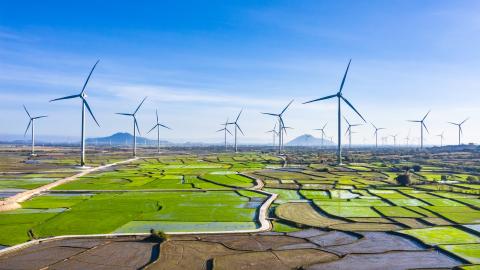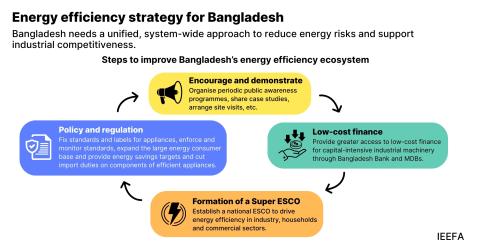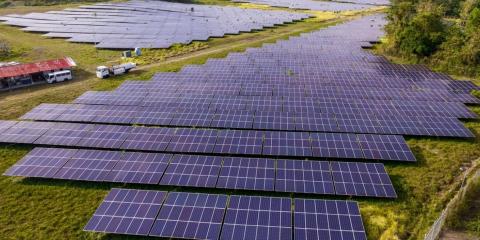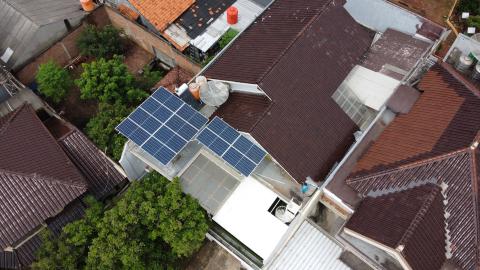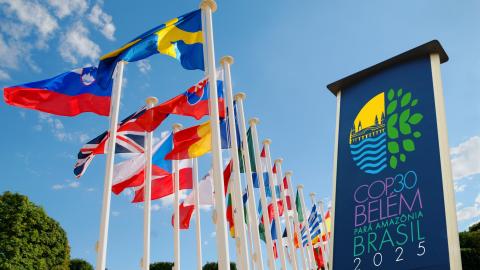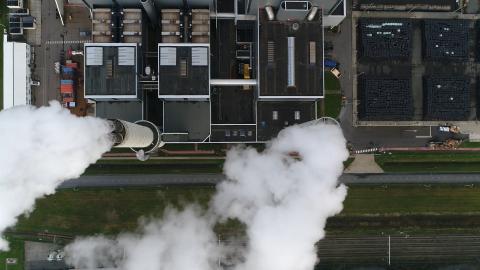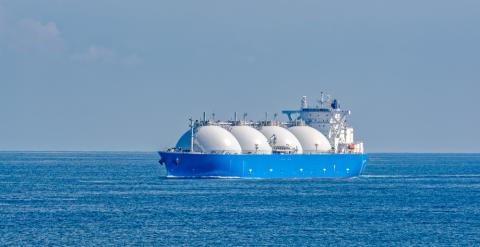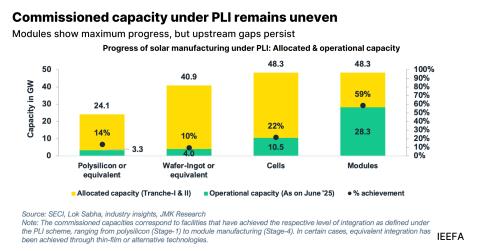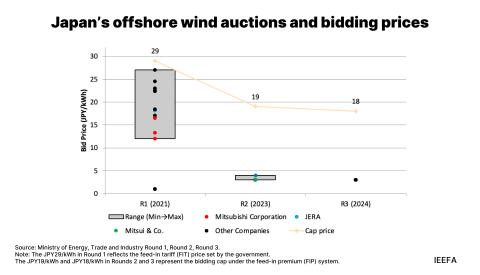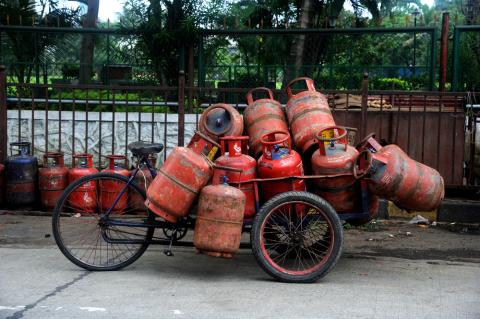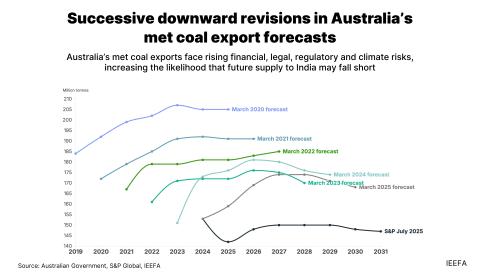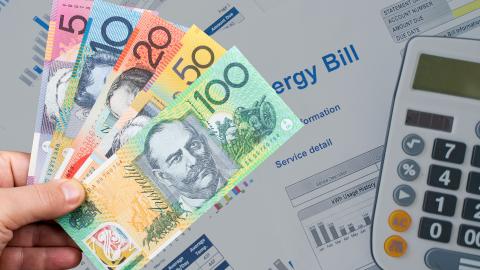What’s holding India back in its renewable energy transition?
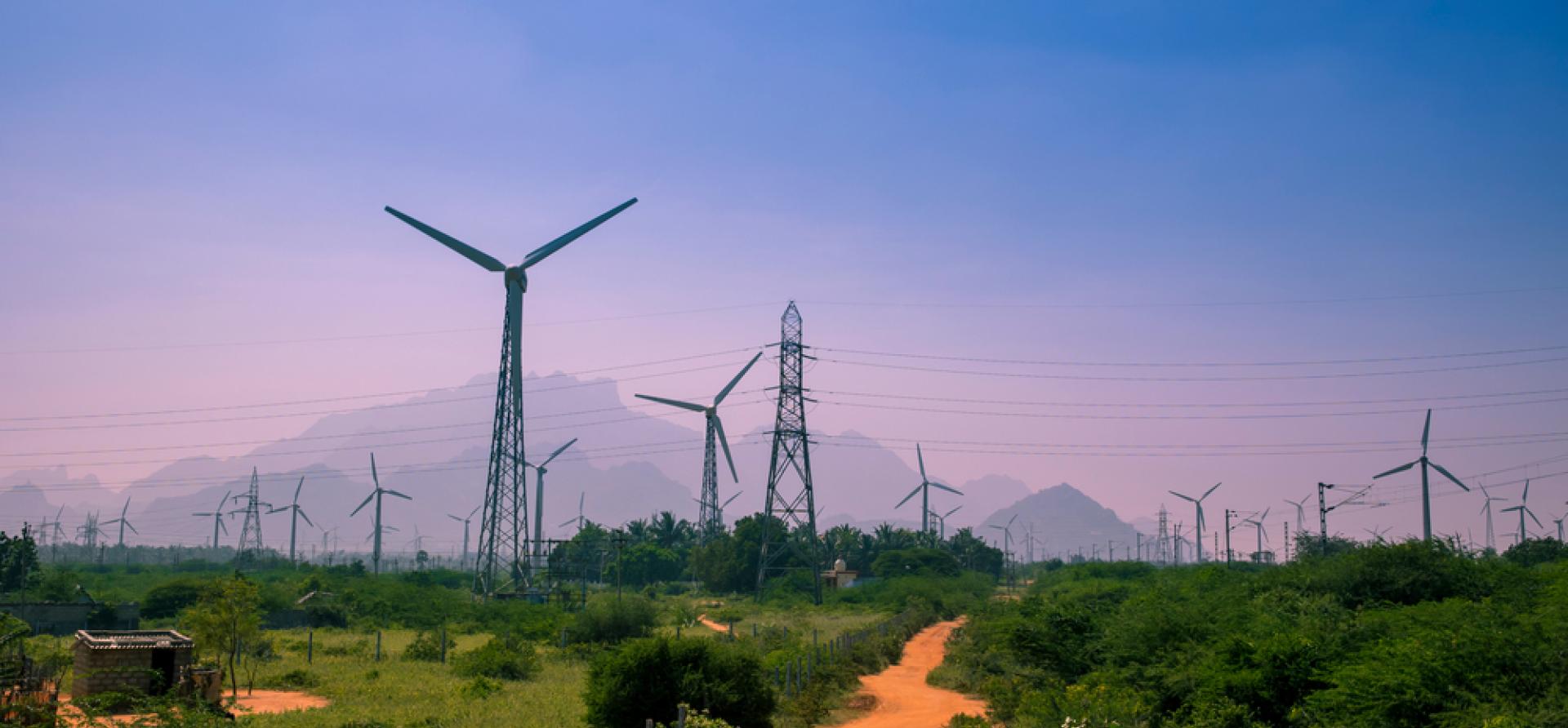
Key Findings
The deteriorating financial health of distribution companies (DISCOMs) also affects renewable energy deployment in India. Many DISCOMs face financial distress due to mounting losses, inadequate tariffs and inefficient bill collection. These challenges prevent them from signing power purchase agreements, stalling renewable energy projects.
The ISTS waiver exempts renewable energy projects commissioned up to 30 June 2025 from transmission charges, making them cost-effective. Though the Ministry of Power has extended this waiver to green hydrogen and green ammonia projects, such support is also required for hybrid and storage projects to address intermittency challenges and ensure grid stability.
Another concern is India’s 100% reliance on imports for critical minerals essential for renewable energy technologies, such as lithium, cobalt and nickel. Its dependence on foreign sources for these minerals, particularly from China, exposes it to supply disruptions, price volatility and geopolitical risks.
India has made impressive strides in its renewable energy journey, with its installed capacity reaching new milestones. As of December 2024, the country’s renewable energy capacity surged to 209.44 gigawatts (GW), accounting for 45.3% of its total installed capacity. This growth marks a significant year-on-year increase of 28.65GW (16%), up from 180.79GW in December 2023.
India has reaffirmed its commitment to achieving 500GW of non-fossil fuel energy capacity by 2030 and net-zero emissions by 2070 – both these goals demand innovation and collaboration across the energy, industry and transport sectors. However, several challenges, including land acquisition issues, regulatory hurdles and financial constraints, continue to impede the large-scale deployment of renewable energy.
Financial Distress and Legal Uncertainty
The deteriorating financial health of distribution companies (DISCOMs) also affects renewable energy deployment in India. Many DISCOMs face financial distress due to mounting losses, inadequate tariffs and inefficient bill collection. These challenges prevent them from signing power purchase agreements (PPAs), stalling renewable energy projects. The backlog of unassigned PPAs delays project commissioning and creates uncertainty for renewable energy developers, impacting revenue cashflow and financing.
Furthermore, allegations of unfair practices against prominent energy companies from time to time raise concerns about the transparency and fairness of the procurement process. These issues erode investor confidence and discourage stakeholders from investing in renewable energy projects. For DISCOMs, such challenges intensify their financial struggles. Furthermore, delayed payments to developers and uncertainty over PPAs, including renegotiations or cancellations, deepen the strain.
To navigate these hurdles, corporate and industrial (C&I) consumers, who account for a large share of energy demand, increasingly turn to direct procurement options like Green Energy Open Access (GEOA). The GEOA Rules were brought in to promote clean electricity generation, purchase and consumption, and align with India’s Nationally Determined Contributions to achieve net-zero emissions by 2070. A total of 22 Indian companies have set net-zero targets. By promising lower costs and reliable energy supply, GEOA has emerged as a viable alternative to traditional procurement. The GEOA market has attracted new developers like Kalpa Power, JSW Energy and Ampyr Energy, in addition to established companies like ReNew Power and Avaada Energy. The regulatory support provided by GEOA has spurred rapid growth in the C&I open access market, achieving a compound annual growth rate of 46% between the fiscal year (FY) 2022 and FY2024, with cumulative capacity reaching 18.7GW by the end of FY2024.
Systemic measures to stabilise DISCOMs’ finances, ensure fair practices in energy procurement and enhance transparency are critical. Such interventions can restore confidence, enable developers to proceed with projects and encourage collaboration among stakeholders.
Inter-State Transmission System (ISTS) Waiver to support Hybrid and
Storage Projects
A key enabler of India’s renewable energy growth and competitiveness has been the ISTS waiver, which exempts transmission charges for renewable energy projects commissioned up to 30 June 2025, making them cost-effective. As of 31 December 2024, India had successfully installed 97.86GW of solar and 48.16GW of wind power with an impressive 232.88GW and 74.96GW in the pipeline respectively. This waiver has been particularly crucial for solar and wind energy projects.
While vanilla renewable energy technologies (just solar or wind) continue to become more competitive and may eventually operate without subsidies, the sector is now shifting to hybrid and capital-intensive projects such as Firm Dispatchable Renewable Energy (FDRE), Round-The-Clock (RTC) power tenders, battery energy storage systems (BESS), pumped storage plants (PSPs) and green hydrogen. These projects, due to their high capital expenditure and infrastructure needs, rely on the ISTS waiver to remain financially viable. Though the Ministry of Power has extended this waiver to green hydrogen and green ammonia projects, exempting them from transmission charges for 25 years, such support is also required for hybrid and storage projects to address intermittency challenges and ensure grid stability.
The lack of sufficient substation infrastructure threatens the viability of projects, particularly hybrid and energy storage projects, which rely on the waiver for financial sustainability. With developers unable to meet infrastructure requirements, these projects risk becoming economically unfeasible. Industry voices are calling for an extension of the waiver to address these concerns.
Unstable Regulatory Environment Threatens India's Energy Transition
The Central Electricity Regulatory Commission recently rejected a petition to approve the tariff for Solar Energy Corporation of India’s (SECI)'s first standalone BESS project of 500MW/1,000MWh. This decision underscores a critical issue in India’s renewable energy sector – projects are being awarded but often fail to secure buyers, risking cancellation under standard tender rules. This hampers progress towards achieving the 236.22GWh of BESS capacity needed to integrate the planned renewable energy under the Central Electricity Authority’s National Electricity Plan 2023. As of March 2024, India had only 0.2GWh BESS installed capacity.
Another example is the Karnataka High Court’s decision to strike down the Green Energy Open Access Rules, 2022, which disrupts a critical avenue for renewable energy procurement, leaving consumers and developers in limbo. This compounds challenges for project developers and consumers who rely on affordable and direct procurement models.
To overcome these challenges, India must address regulatory hurdles by setting clear tariffs, ensuring buyer identification pre-tender, and enforcing penalties for defaults. Accountability and collaboration among stakeholders are critical for advancing India’s renewable energy goals.
India’s Dependence on Imported Minerals is Concerning
Another concern is India’s 100% reliance on imports for critical minerals essential for renewable energy technologies, such as lithium, cobalt and nickel. Minerals at risk include graphite (natural and synthetic), lithium oxide, nickel oxide, copper cathodes, nickel sulphate, cobalt oxide, and copper ores and concentrates. While India aims to achieve 50% of its electric power capacity from non-fossil fuels by 2030, its dependence on foreign sources for these minerals, particularly from China, exposes it to supply disruptions, price volatility and geopolitical risks. India imports significant amounts of copper cathodes, nickel sulphates, lithium oxide and graphite from China, Russia and Japan, all of which are exposed to trade risks.
The concentration of global mineral refining and processing in a few countries, especially China, is concerning. China accounts for 70% and 85% of the world’s rare earth mining and processing capacities, respectively. Further, global refining of 68% of nickel, 40% of copper, 59% of lithium and 73% of cobalt takes place in China.
India must accelerate efforts to diversify its mineral supply chain by forging stronger partnerships with mineral-rich nations like Australia, the US and Indonesia. Additionally, India must focus on developing its refining and processing capacity to reduce its dependence on foreign imports and strengthen its critical minerals supply chain.
Conclusion
India’s renewable energy journey has been nothing short of remarkable, with significant progress in expanding its clean energy capacity. While challenges remain, India has shown resilience and innovation in addressing its energy transition obstacles. Financial struggles of DISCOMs, an unstable regulatory environment and reliance on imports for critical minerals threaten to derail India’s clean energy transition. However, by implementing systemic reforms to stabilise DISCOM finances, extending support to hybrid and storage projects, and diversifying the supply of critical minerals, India can overcome these hurdles and stay on track to achieve its renewable energy goals.
This article was first published in Energy Watch.


